Anto McFly, who produces the eclectic DIY punk-rock zine Loserdom with his brother Eugene, is not the only zine writer in Dublin, Ireland, but it can feel that way. “I think that zine publishing is still alive, though not as well as its been in the past,” he says. “I would love to see more Irish zines being produced.”
Maybe the problem isn’t the availability of zines but what the future of Irish zines looks like. “Those being produced are mostly by people who have been around for a while,” Anto adds. “I fear that younger people aren’t inclined to venture into producing something on paper, or if they do, they spend so much time trying to perfect their first issue that it never sees the light of day.”

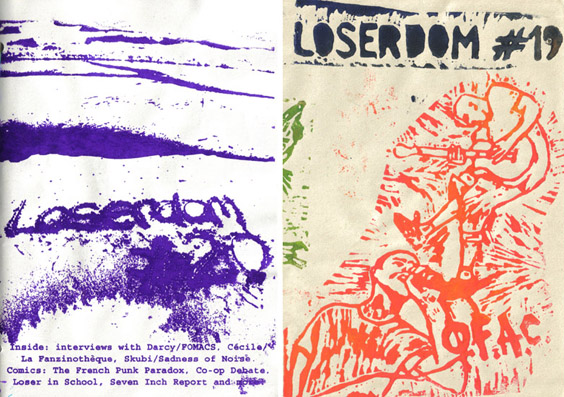
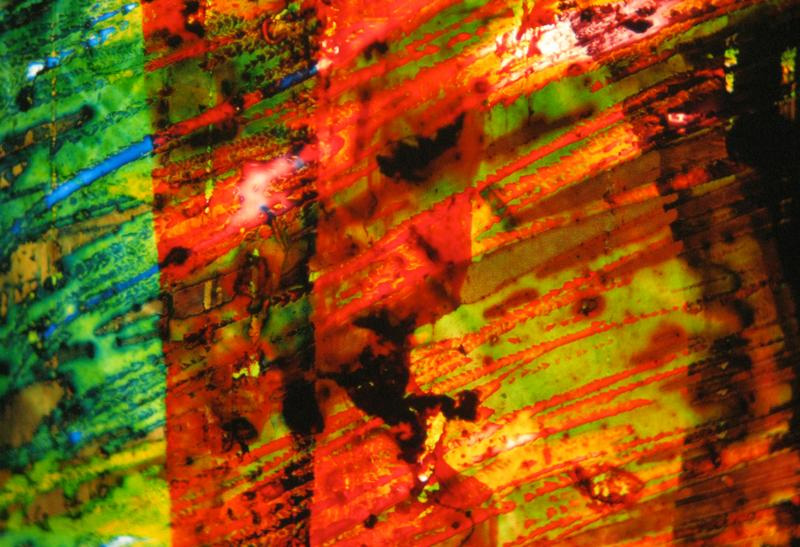
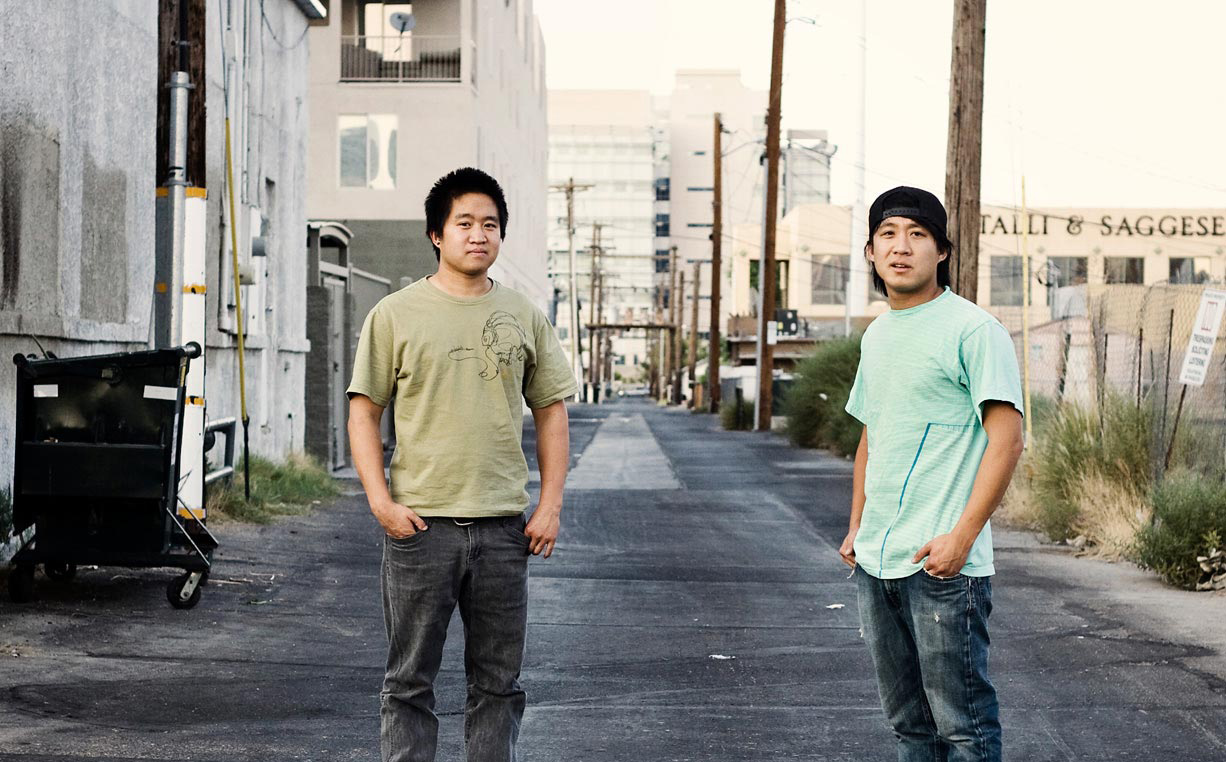
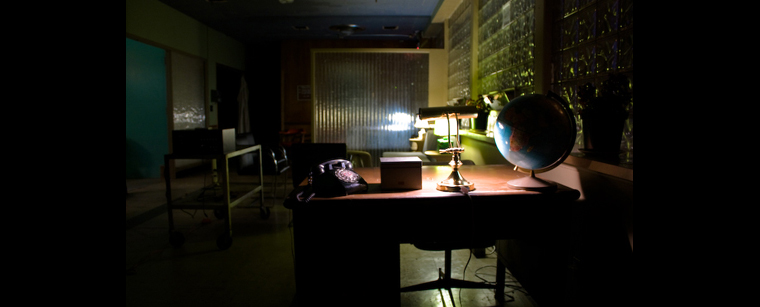
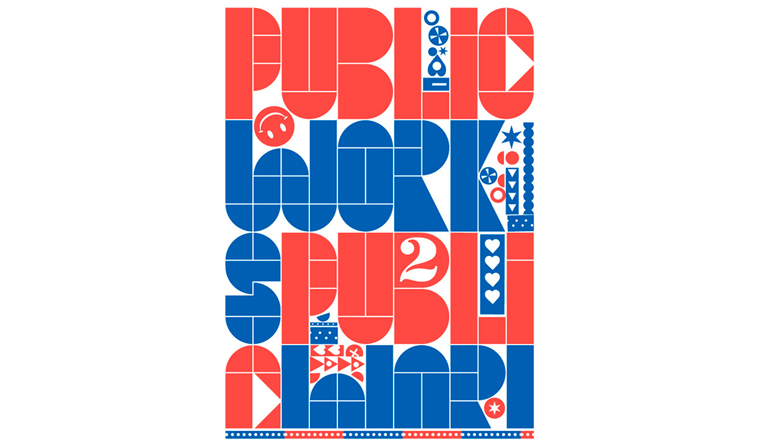

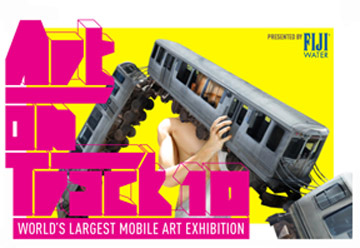
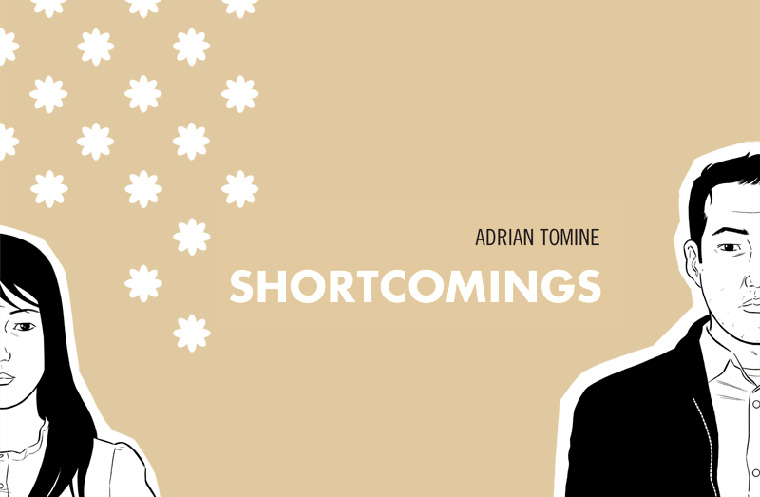
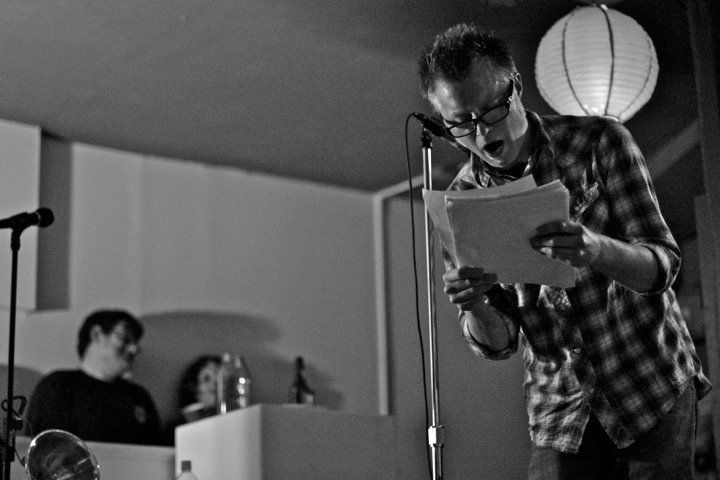
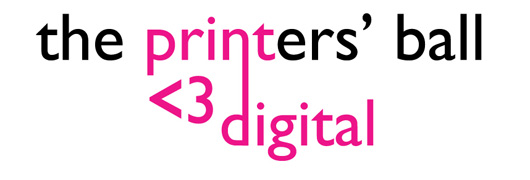
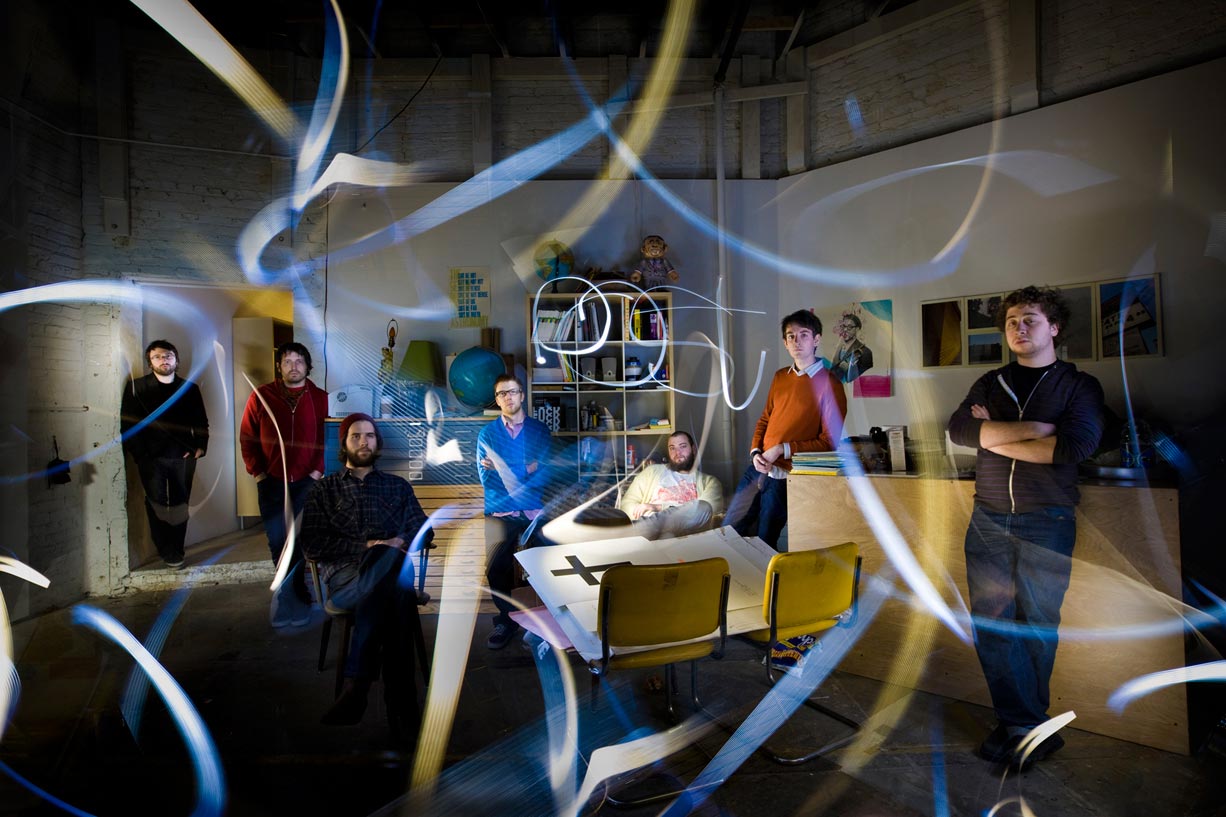
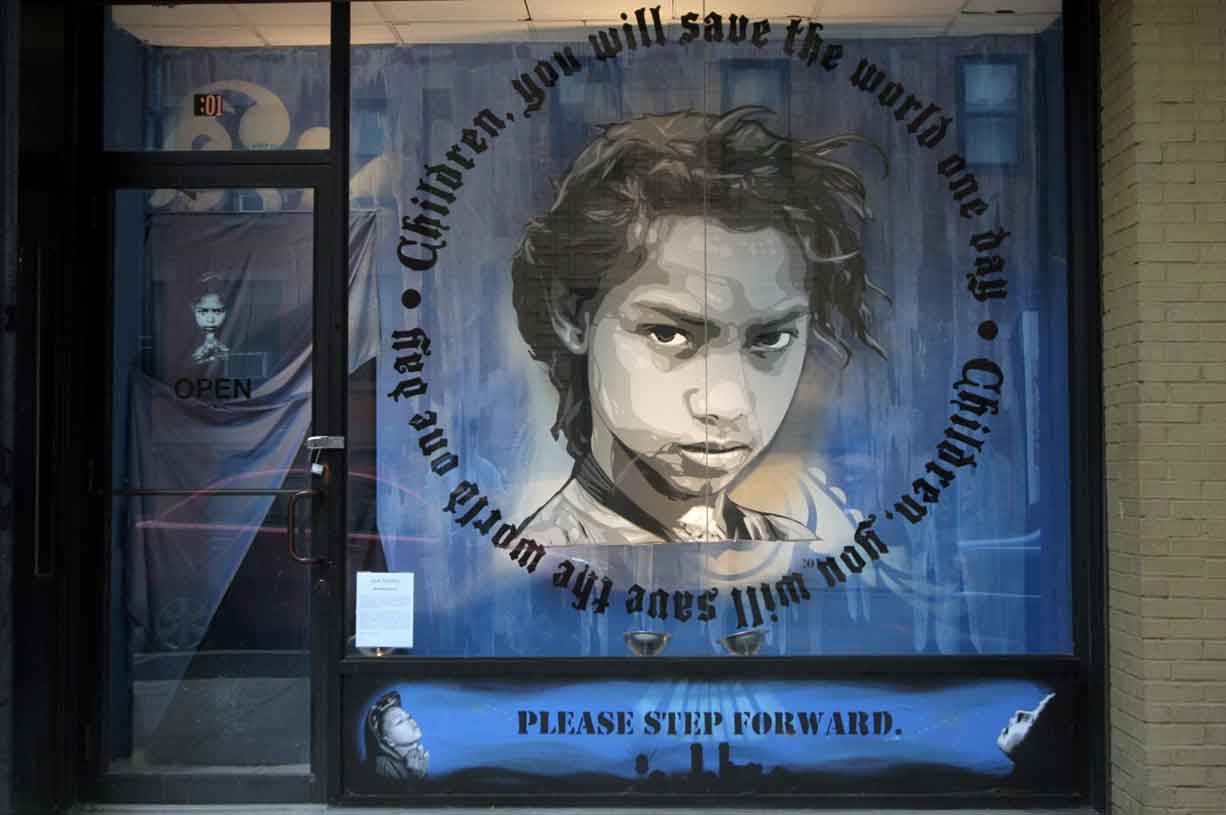
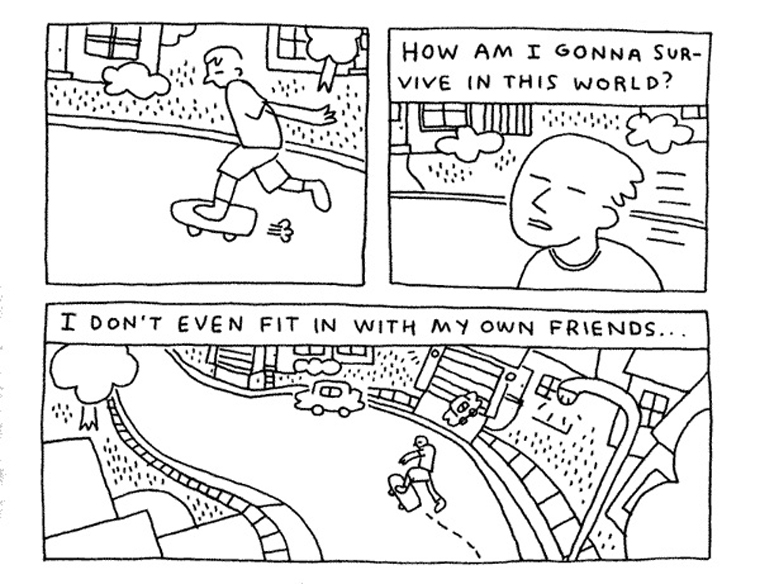
 At 20 years old,
At 20 years old,